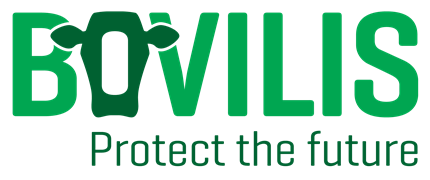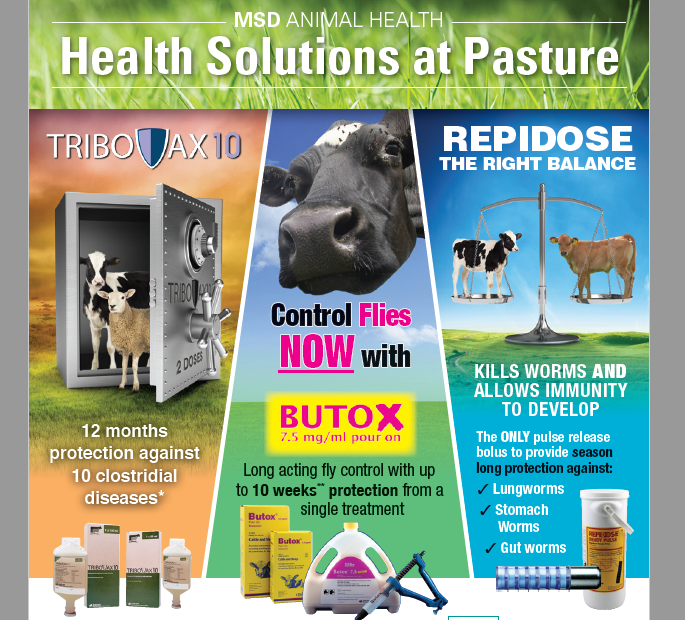
Prevent coccidiosis in calves and lambs using Vecoxan – Bovilis
Vecoxan® is used for the prevention of coccidiosis in calves and lambs. For more information on Vecoxan, including how and why to use it, watch the video.
Read more about Prevent coccidiosis in calves and lambs using Vecoxan – Bovilis





